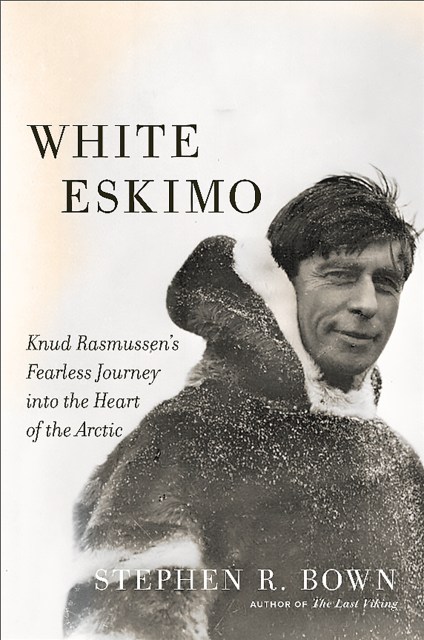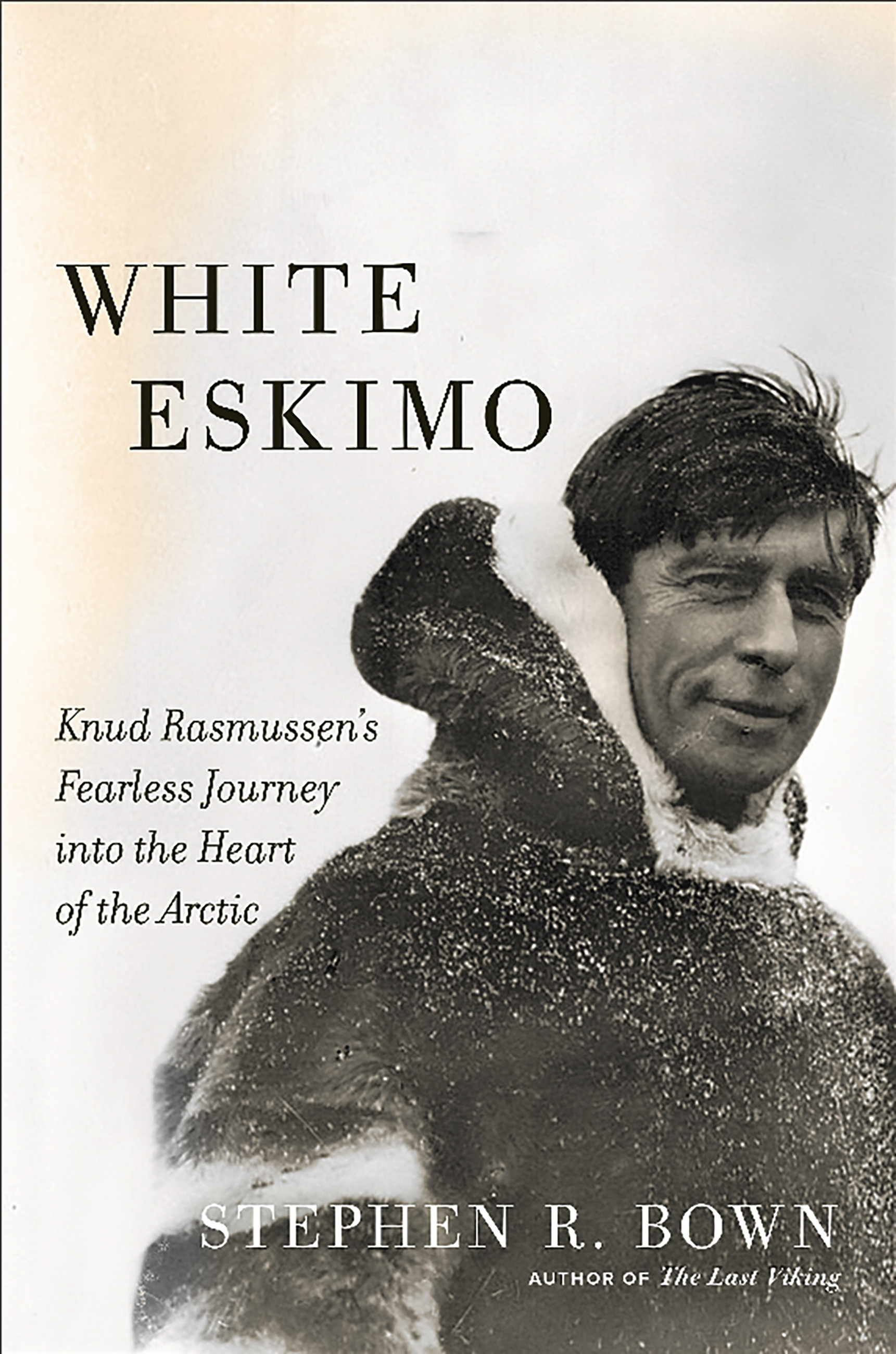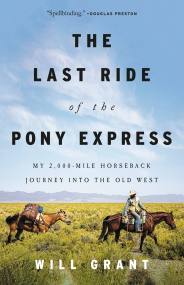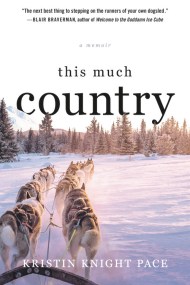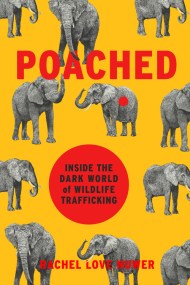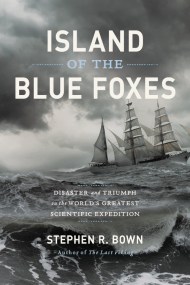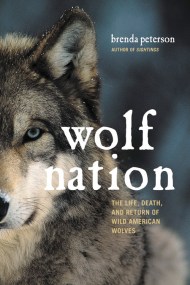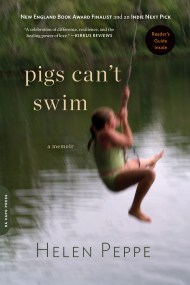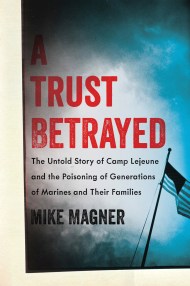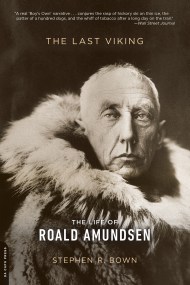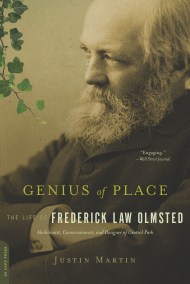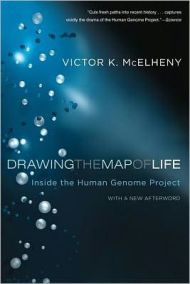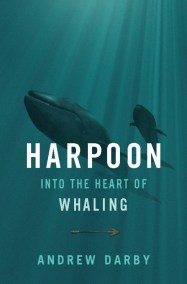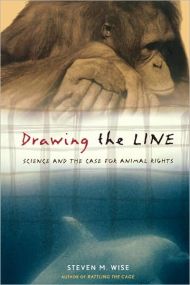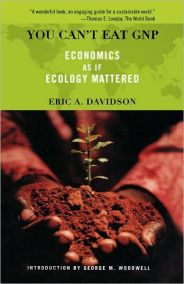Promotion
Use code MOM24 for 20% off site wide + free shipping over $45
White Eskimo
Knud Rasmussen's Fearless Journey into the Heart of the Arctic
Contributors
Formats and Prices
Price
$27.99Format
Format:
- Hardcover $27.99
- ebook $14.99
This item is a preorder. Your payment method will be charged immediately, and the product is expected to ship on or around November 10, 2015. This date is subject to change due to shipping delays beyond our control.
Also available from:
Among the explorers made famous for revealing hitherto impenetrable cultures-T. E. Lawrence and Wilfred Thesiger in the Middle East, Richard Burton in Africa-Knud Rasmussen stands out not only for his physical bravery but also for the beauty of his writing. Part Danish, part Inuit, Rasmussen made a courageous three-year journey by dog sled from Greenland to Alaska to reveal the common origins of all circumpolar peoples. Lovers of Arctic adventure, exotic cultures, and timeless legend will relish this gripping tale by Stephen R. Bown, known as “Canada’s Simon Winchester.”
Genre:
- On Sale
- Nov 10, 2015
- Page Count
- 384 pages
- Publisher
- Da Capo Press
- ISBN-13
- 9780306822827
Newsletter Signup
By clicking ‘Sign Up,’ I acknowledge that I have read and agree to Hachette Book Group’s Privacy Policy and Terms of Use
